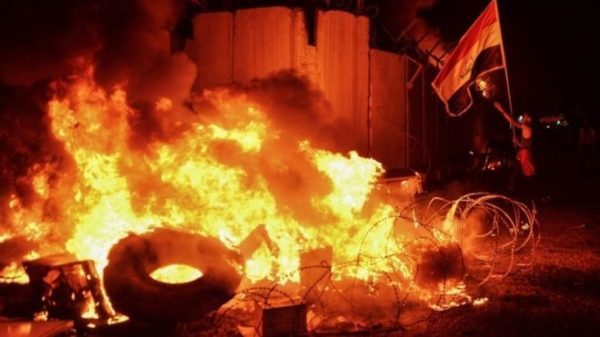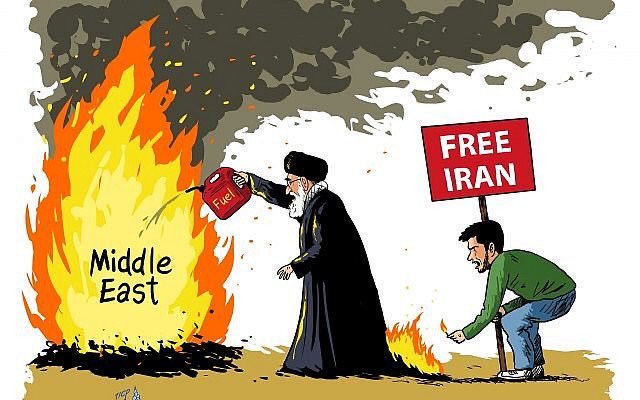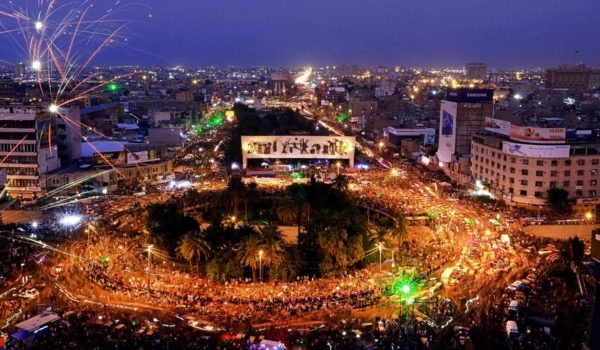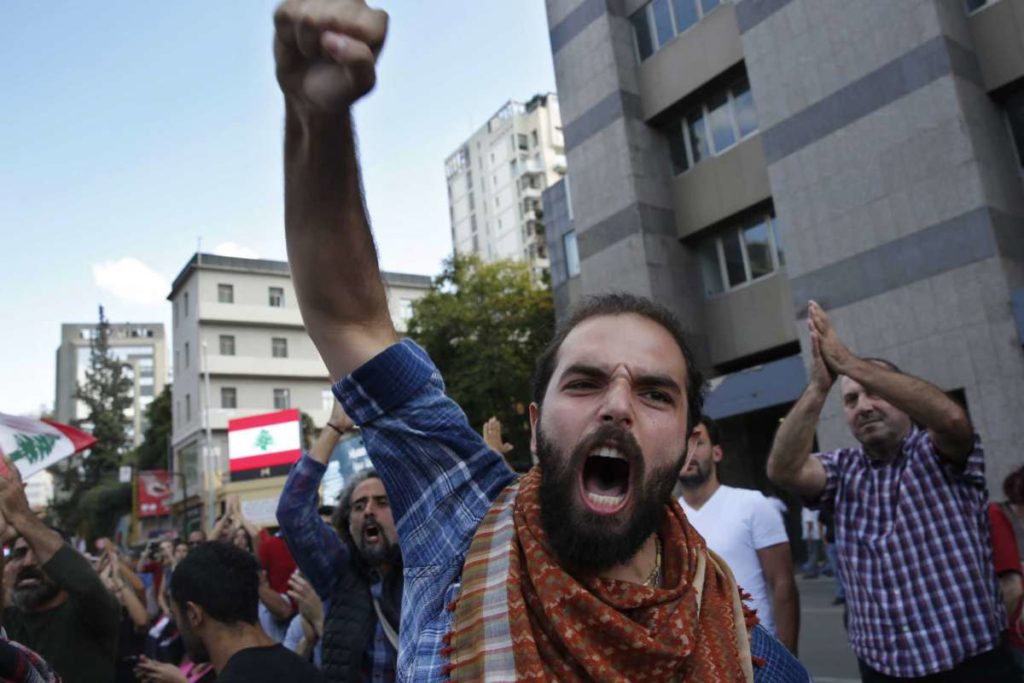Forty years after the revolution, the Tehran regime seems to have achieved one of its most ambitious goals: creation of a “Shiite crescent” stretching through Iraq, Syria and Lebanon, with Iran dominant all the way to the Mediterranean. But the would-be hegemons neglected one crucial element: the millions of people they mean to rule.

Protests against Iranian influence these last two months forced out the prime ministers of Lebanon and Iraq. Meanwhile, months of demonstrations in Iran have focused on the money the regime wastes on its foreign adventures — at the expense of Iran’s own people. Those internal protests showed public fury at a level not seen since the shah was deposed in 1979.
In a sideways way, President Barack Obama’s nuclear deal helped drive Iranians’ anger. It meant hundreds of billions of dollars for the regime — but the people never saw the money.
No, their rulers used the cash to bolster their Hezbollah puppets in Lebanon, to save bloody Bashar al-Assad’s rule in Syria, to arm Palestinian terrorists in Gaza and to fund Shiite militias that help keep Iraq under Tehran’s thumb.
Demonstrations triggered by higher egg prices in December 2017 featured chants such as “Death to the dictator,” “Death to Hezbollah,” “Leave Syria alone, think about us instead,” “Never mind Palestine, think about us,” and “Forget about Gaza and Lebanon; I’ll sacrifice my life for Iran.”

And the latest protests, prompted by stiff hikes in gas prices last month, brought the likes of “No money, no gas, screw Palestine.”
The people of Iraq and Lebanon hate the empire, too. The Iranian consulate in the Shiite holy city of Najaf has been set alight twice over the last two months of protests, which have been largest in Baghdad and the Shiite-dominated south. It’s similarly nonsectarian in Lebanon, with graffiti reading, “They cannot divide us anymore” and “Revolution against fear” and people chanting “This is Lebanon, not Iran,” and “Hezbollah is terrorism.”

The uprisings in all three countries have much in common: Demonstrators come from all walks of life — students, activists, shopkeepers, lower- and middle-class. They complain of corruption that’s robbed them not just of their livelihoods but their hope.
They ask why they’re so poor when their leaders are so rich. They demand not government reform but government overthrow.

And their peaceful, mostly leaderless rebellions have been repressed by deadly force. In Iraq and Lebanon, Iranian-backed militias have slaughtered hundreds. In Iran, security forces have killed more than a thousand innocents since Nov. 15.
The bloodbaths seem to have stopped the protests all across the empire — for now. But President Trump’s sanctions continue to squeeze the Iranian regime, while the Iraqi and Lebanese economies are in freefall.
It’s only a matter of time until some new injustice — high-level corruption that doesn’t get covered up in time, huge increases in the price of some basic of life, whatever — triggers another eruption.
When empires serve only the rulers, at the clear expense of the common people, they can’t hold together.
NY POST
Leave a Reply
You must be logged in to post a comment.